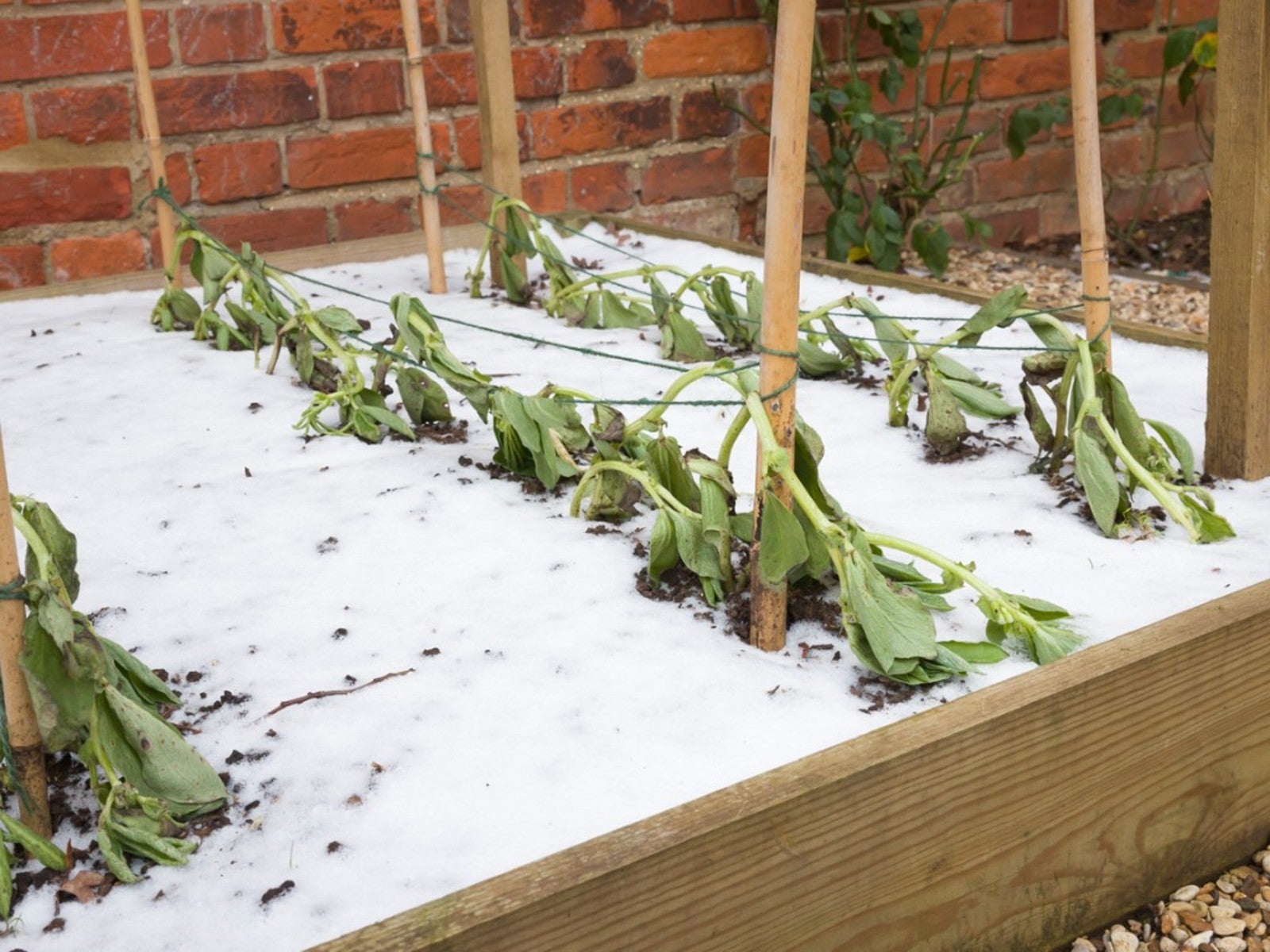How To Use A Wall Of Water To Extend The Growing Season


Keeping plants adequately warm is essential to extending the growing season. Water is an excellent tool for this and is the secret behind wall of water products. A wall of water for plants protects your veggies from early spring cold snaps and fall frosts.
What Is a Wall of Water?
A wall of water (brand name Wall-o-Water) is a tool that uses water to keep plants warm. It is a plastic sheet of hollow tubes. You fill the tubes with water and arrange them around a plant.
The water inside the tubes gathers heat from the sun during the day radiating heat toward the plant. It also provides effective insulation against cold air and physically protects plants from wind.
A wall of water costs more than some other methods of plant protection, but it is effective and reusable. Tests of various options have found that the Wall-o-Water maintains the highest temperatures in both the air around the plant and in the soil. It should provide adequate protection to temperatures down to the teens.
How to Use Wall of Water Plant Protectors
A wall of water for tomatoes and other more tender veggies can help you start plants sooner in spring, get ripe fruits sooner, and extend the growing season into the fall.
The design is simple and mostly easy to use. It can be a little tricky to fill and place the wall without it tipping over and spilling, so it’s best to do this as a two-person chore.
If you don’t have someone to hold the ring of tubes upright while you fill them, use a bucket as a support. Place the bucket over the plant and arrange the wall of water around it. Fill the tubes and then remove the bucket.
Sign up for the Gardening Know How newsletter today and receive a free copy of our e-book "How to Grow Delicious Tomatoes".
For early spring plantings fill and position the wall of water rings before putting the plants in the ground. It will start warming the soil to provide even more protection when you get the plants in the ground.
Wall of Water Alternatives
A Wall-o-Water is an effective tool for warming and protecting plants, but it isn’t perfect. It’s not the cheapest option and although you can reuse it, the wall must be washed each season.
The wall also reduces the amount of light that gets to a plant, causing spindly growth. Depending on how early you start the plants, they might start to grow over the top of the water wall. The tops of the plants can get frost or freeze damage.
Alternatives do not provide as much warmth, but have other benefits:
- A plastic two-liter bottle or gallon milk jug is inexpensive. Cut the bottom off and place over each plant.
- A glass cloche provides good protection and allows more light through but is obviously a costly option. If you have some around the house anyway, this is a good option.
- Wax paper cones from a local garden center are a cheaper option but won’t last as long. They might be good for a full season, but inclement weather can destroy them quickly.
- Frost blankets or plastic sheeting are easy to use for nighttime coverage when you have unexpectedly low temperatures.
The wall of water is an excellent tool for extending the growing season. Invest in these to get more produce and for a longer period of time.

Mary Ellen Ellis has been gardening for over 20 years. With degrees in Chemistry and Biology, Mary Ellen's specialties are flowers, native plants, and herbs.